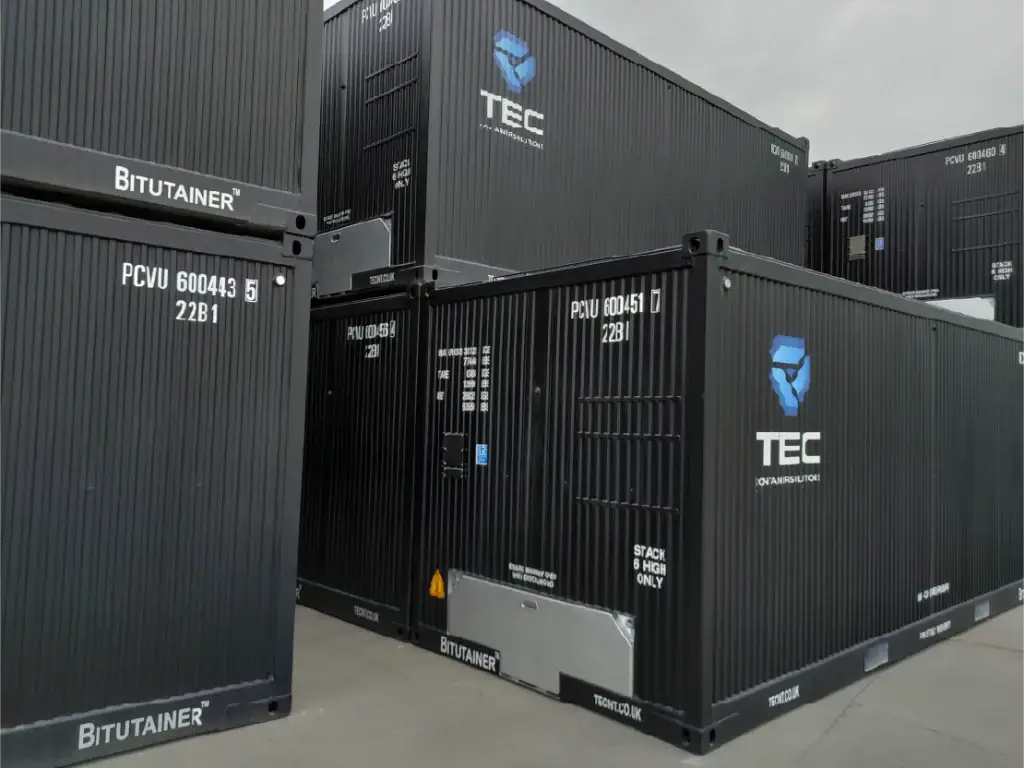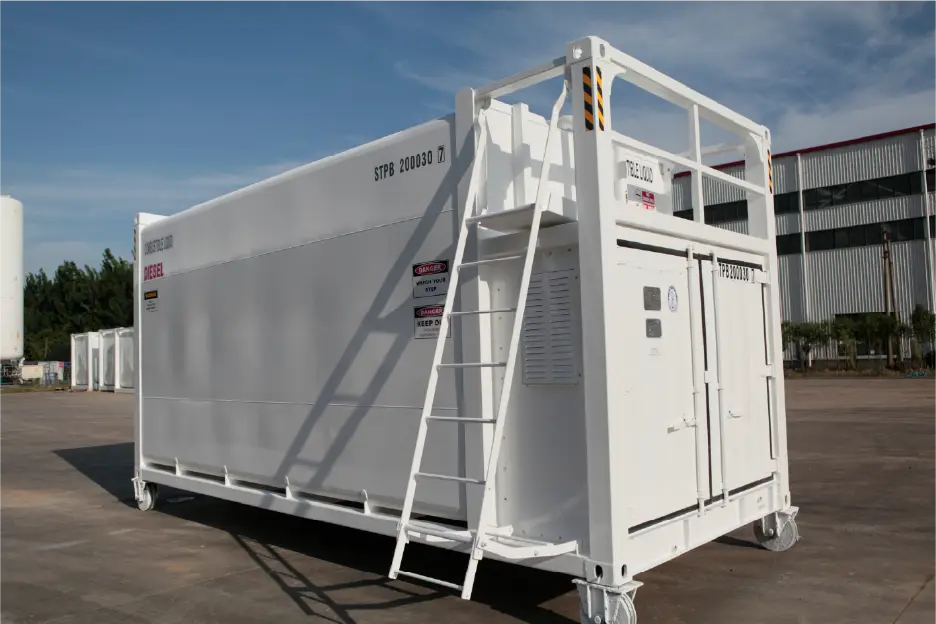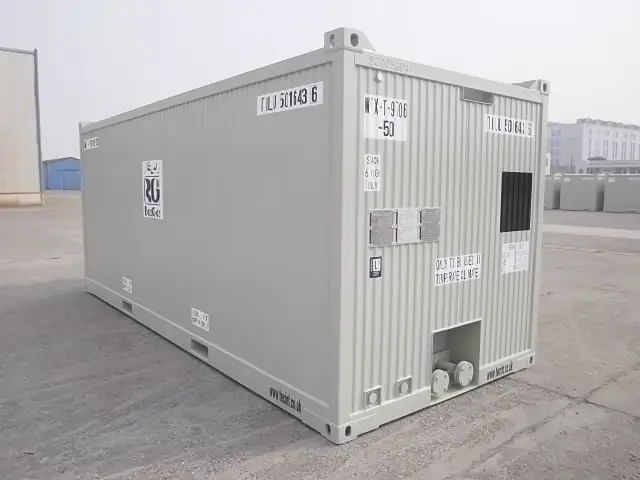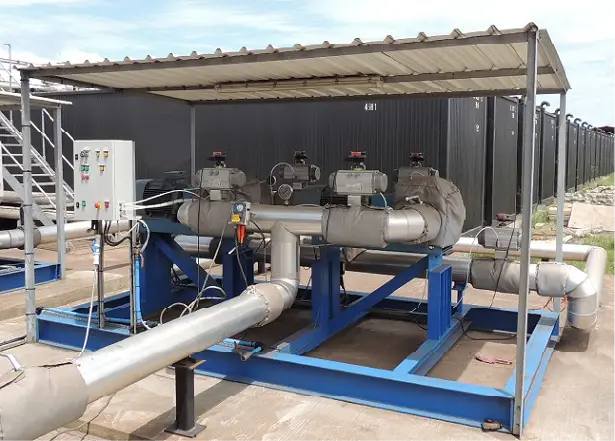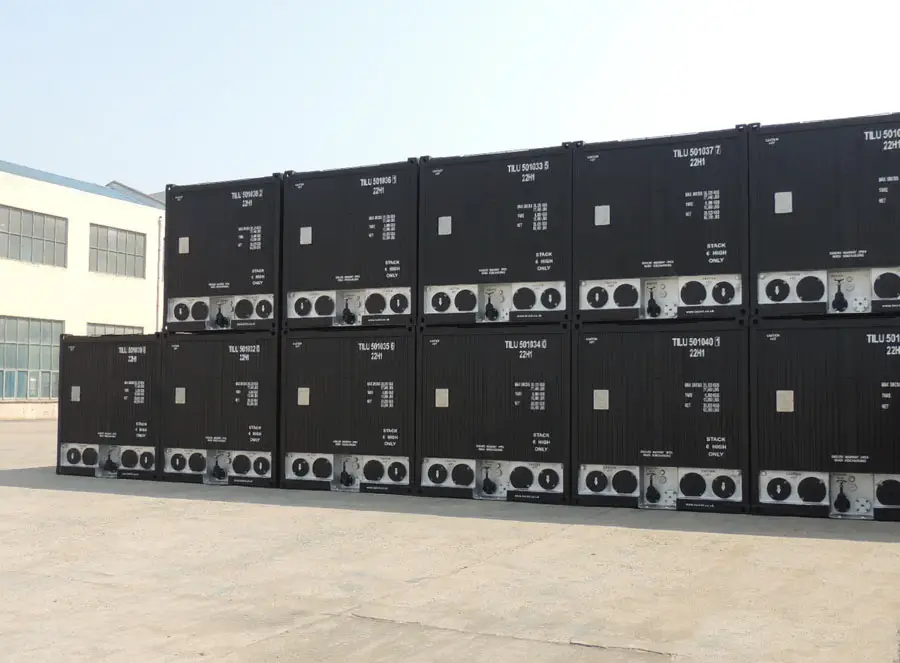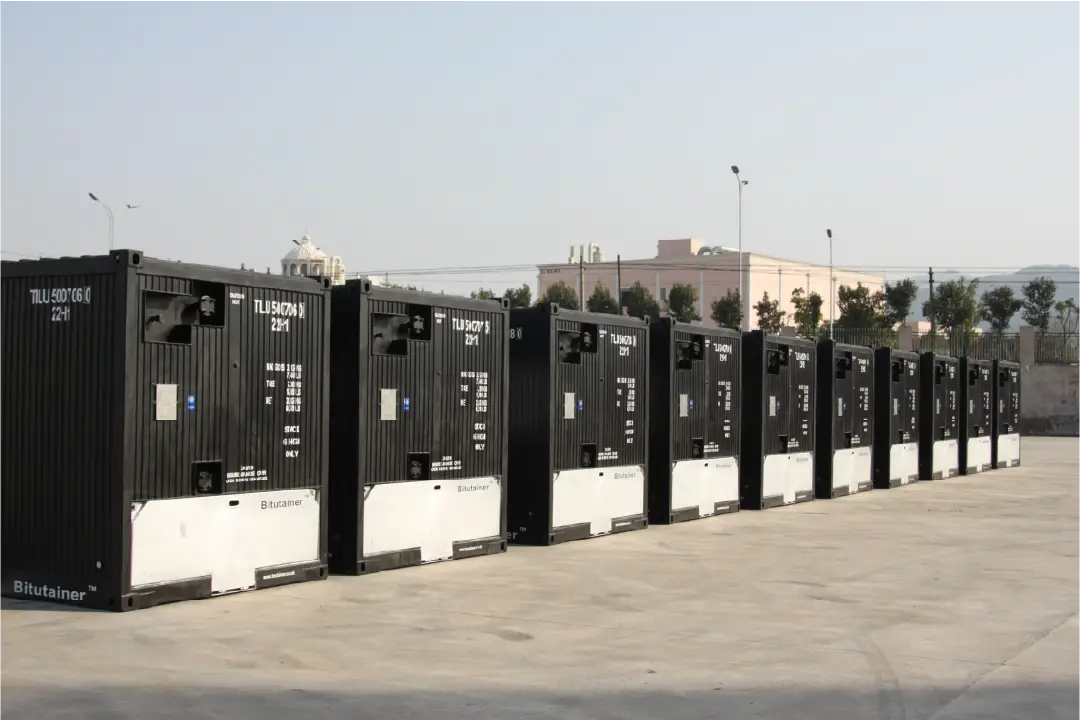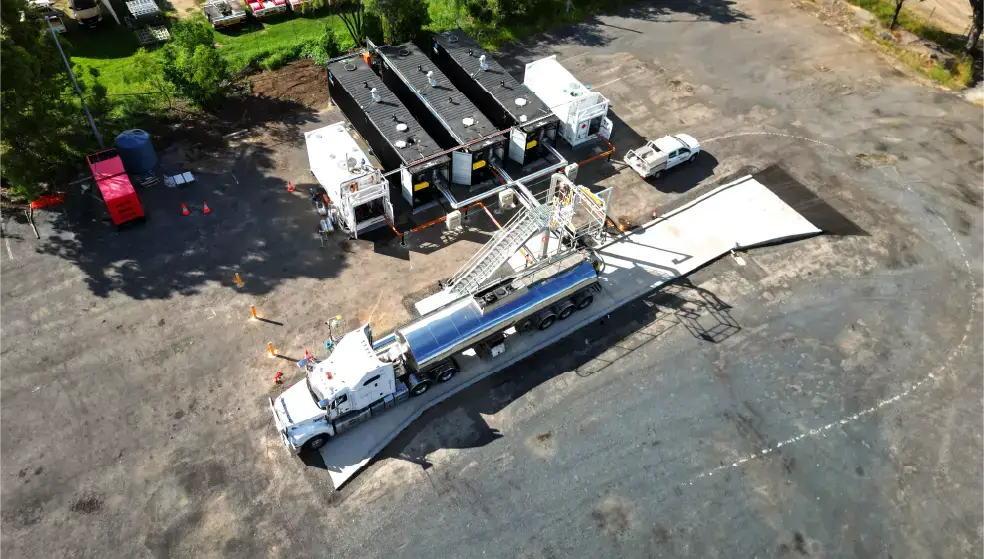Global Specialists in Bitumen Transport and Storage Solutions
Home of the Original Bitutainer™
With over 25 years of experience, TEC is a trusted name in the global bitumen supply chain. Our specialised tank container solutions are engineered for reliable, compliant, and efficient bitumen transport and storage, across road, rail, sea and on-site worldwide.
Product Range
Explore our full range of tank containers and equipment engineered for performance, durability, and compliance across bulk liquid logistics operations.
Services
We don’t just build tank containers, we deliver end-to-end solutions. From initial consultation to long-term support, our expert team ensures everything meets your operational, logistical and compliance needs. Learn more about how we support your project from start to finish.
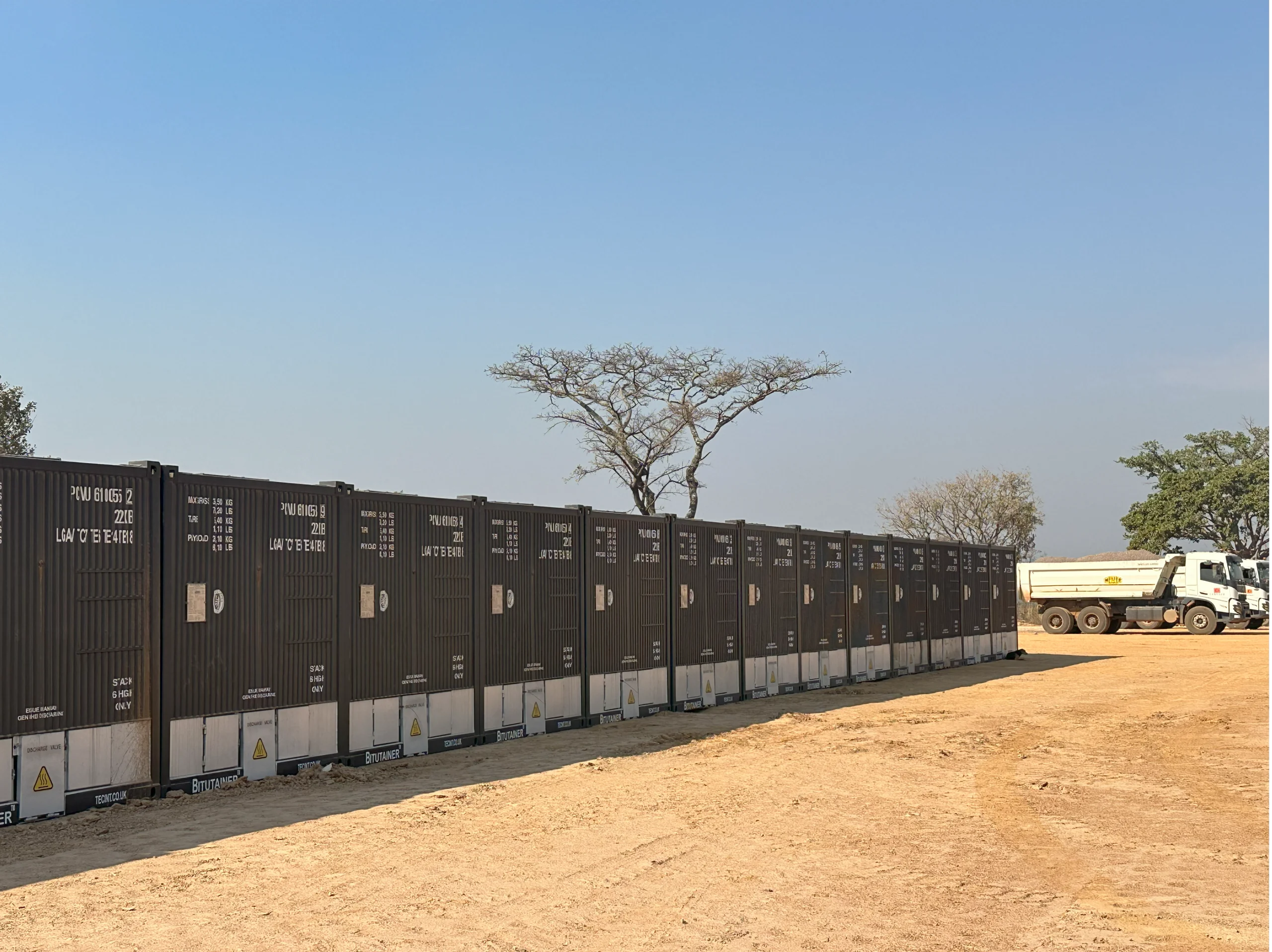
Consultation & design
Our engineers work closely with you to define technical requirements, select optimal configurations, and tailor tank solutions that align with your operations.
Manufacturing & quality
We manufacture to the highest standards, combining proven engineering with rigorous quality control to ensure every container performs in the field.
Logistics & planning
From factory to final destination, our logistics team helps you plan global movements with full technical and documentation support.
Technical support
Whether you’re integrating tanks into existing infrastructure or troubleshooting on-site, our team is ready to assist, before, during, and after delivery
Consultation & design
Our engineers work closely with you to define technical requirements, select optimal configurations, and tailor tank solutions that align with your operations.
Manufacturing & Quality
We manufacture to the highest standards, combining proven engineering with rigorous quality control to ensure every container performs in the field.
Logistics & planning
From factory to final destination, our logistics team helps you plan global movements with full technical and documentation support.
Technical support
Whether you’re integrating tanks into existing infrastructure or troubleshooting on-site, our team is ready to assist, before, during, and after delivery.
Need a container solution that aligns with your operation?
Every business has different transport and storage requirements, from modular fuel supply systems to bulk bitumen delivery and speciality chemical handling. TEC provides tailored design consultation, flexible build options, and full lifecycle support to help customers achieve operational reliability and efficiency from day one.
Struggling to source containers that meet technical and compliance standards?
TEC’s tanks are engineered to meet international safety, compliance, and performance expectations across bitumen, fuel, and speciality material handling. Whether you require ADR, IMDG, ISO 668 or ISO 1161-compliant designs, our units are built for long-term use in demanding conditions with customisation available to match local regulations and operational demands.
Transport operations being held back by inflexible solutions?
Designed for full intermodal compatibility, TEC Bitutainers™ support seamless movement across road, rail, and sea. Our 20ft ISO-compliant tanks simplify logistics for bitumen and fuel distribution, reduce handling time, and enable scalable delivery strategies across complex supply chains.
Finding it difficult to maintain product integrity during transport?
Temperature-sensitive materials like bitumen require precise control in transit. TEC tanks feature double-walled insulation for thermal performance, with optional high-performance heating systems and heater tube configurations that help maintain product viscosity and ensure readiness upon delivery.
Trusted by Global Leaders
Our Bitutainers™ and specialist containers are used by some of the world’s most established oil, gas, and infrastructure companies. These trusted partnerships reflect TEC’s proven performance across international transport and storage operations.




Information Hub
Stay informed with insights from the industry’s trusted source for bitumen transport and storage. Explore updates, technical guidance, and customer stories that reflect TEC’s global expertise and ongoing innovation.
What industries do TEC’s tanks serve?
TEC supplies high-performance tanks for bitumen, fuel, and speciality chemical transport and storage. Our solutions are used across industries ranging from road construction and asphalt supply to energy, marine, and bulk logistics.
Do TEC’s tanks meet international compliance standards?
TEC offers a range of tanks designed to meet global compliance requirements, including ADR for road transport and IMDG for maritime shipping. Not all models are certified for every regulation, so we help match the right specification to your operational needs.
Can TEC customise tanks to meet specific project needs?
Absolutely. Our team offers consultation and customisation across tank design, heating systems, discharge setups, and compliance requirements to suit your operational goals.
Visit our Services page to see how we support you from concept to delivery.
What support does TEC offer after purchase?
We provide full lifecycle support, including spare parts, heating equipment, and technical assistance to maximise uptime and performance.
Browse our Equipment range or read about our after-sales support.
Answers to
From product specifications to compliance standards, this section answers the most common questions we receive from customers exploring our bitumen, fuel, and speciality solutions. Whether you’re new to TEC or looking for specific guidance on transport, storage, or support services, you’ll find helpful insights here.

